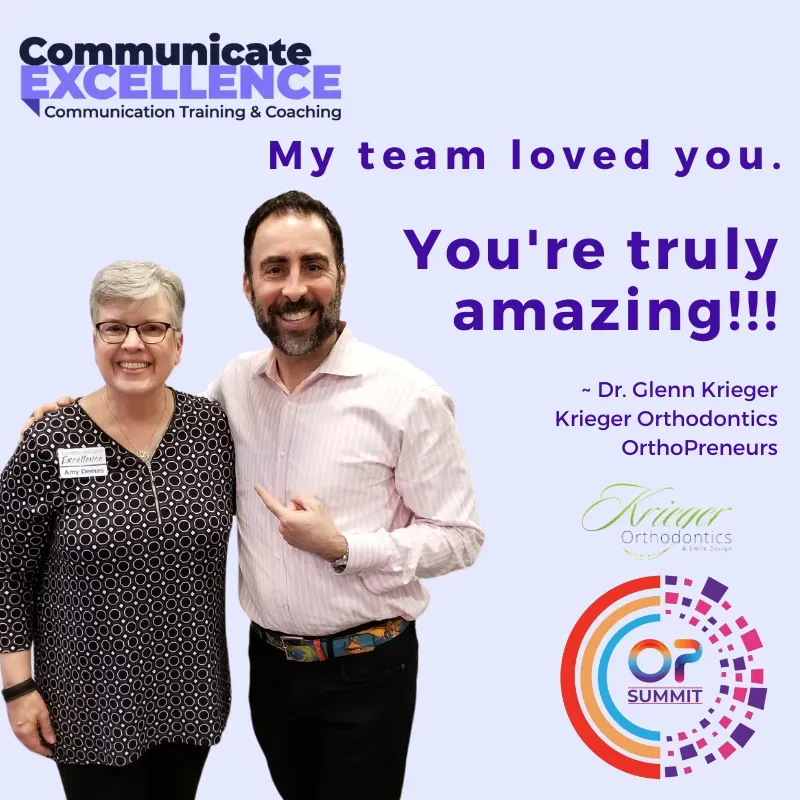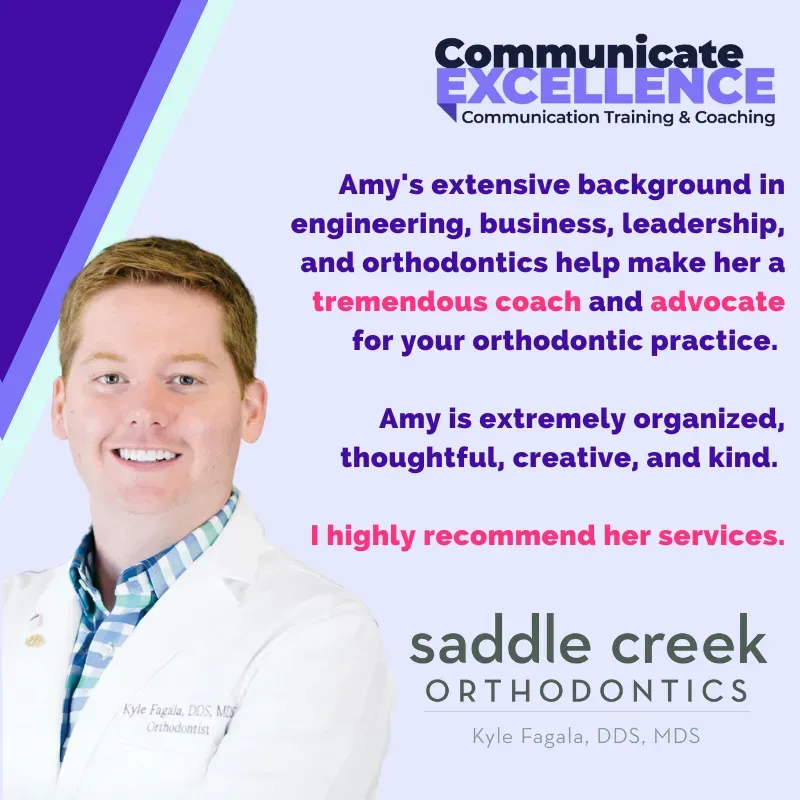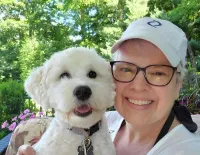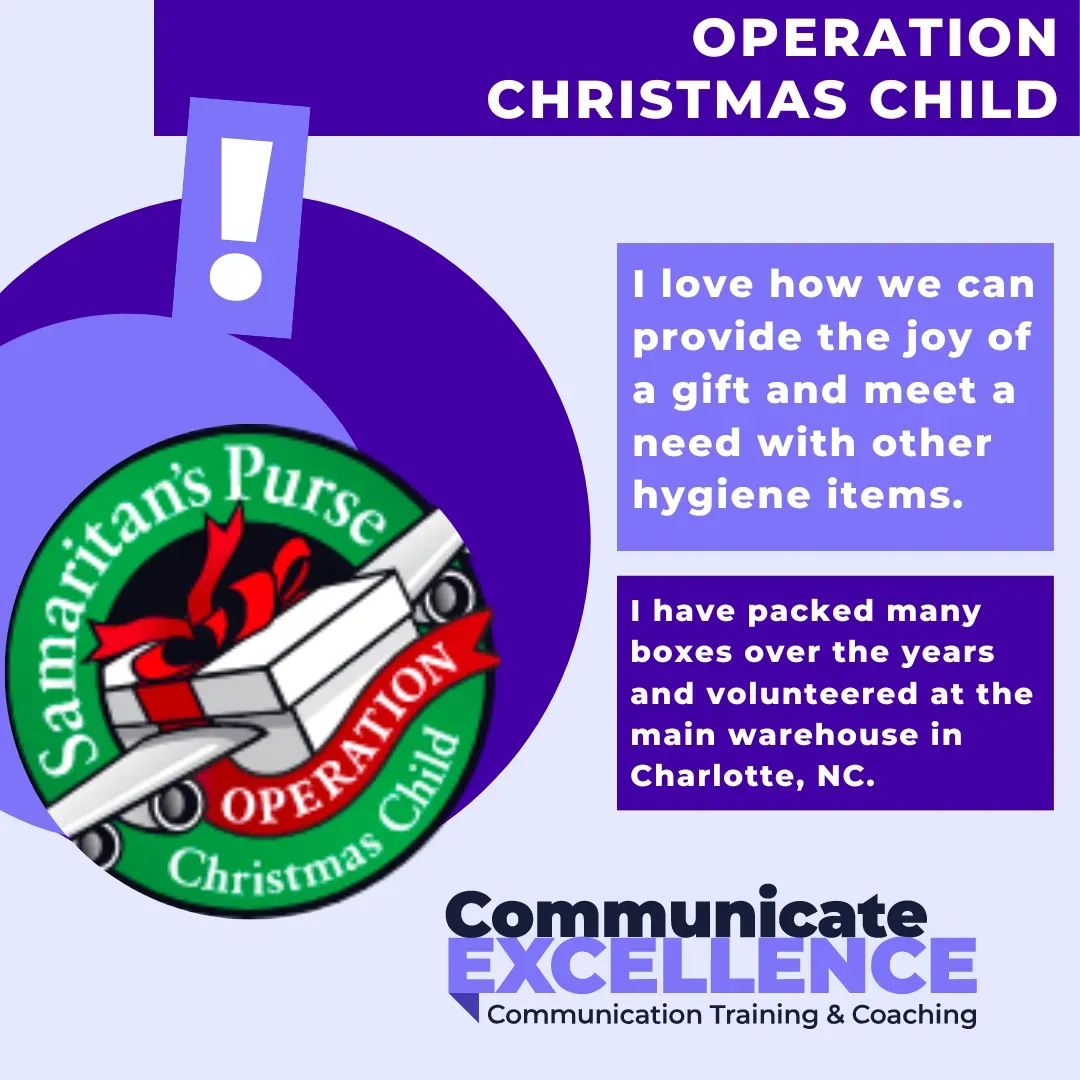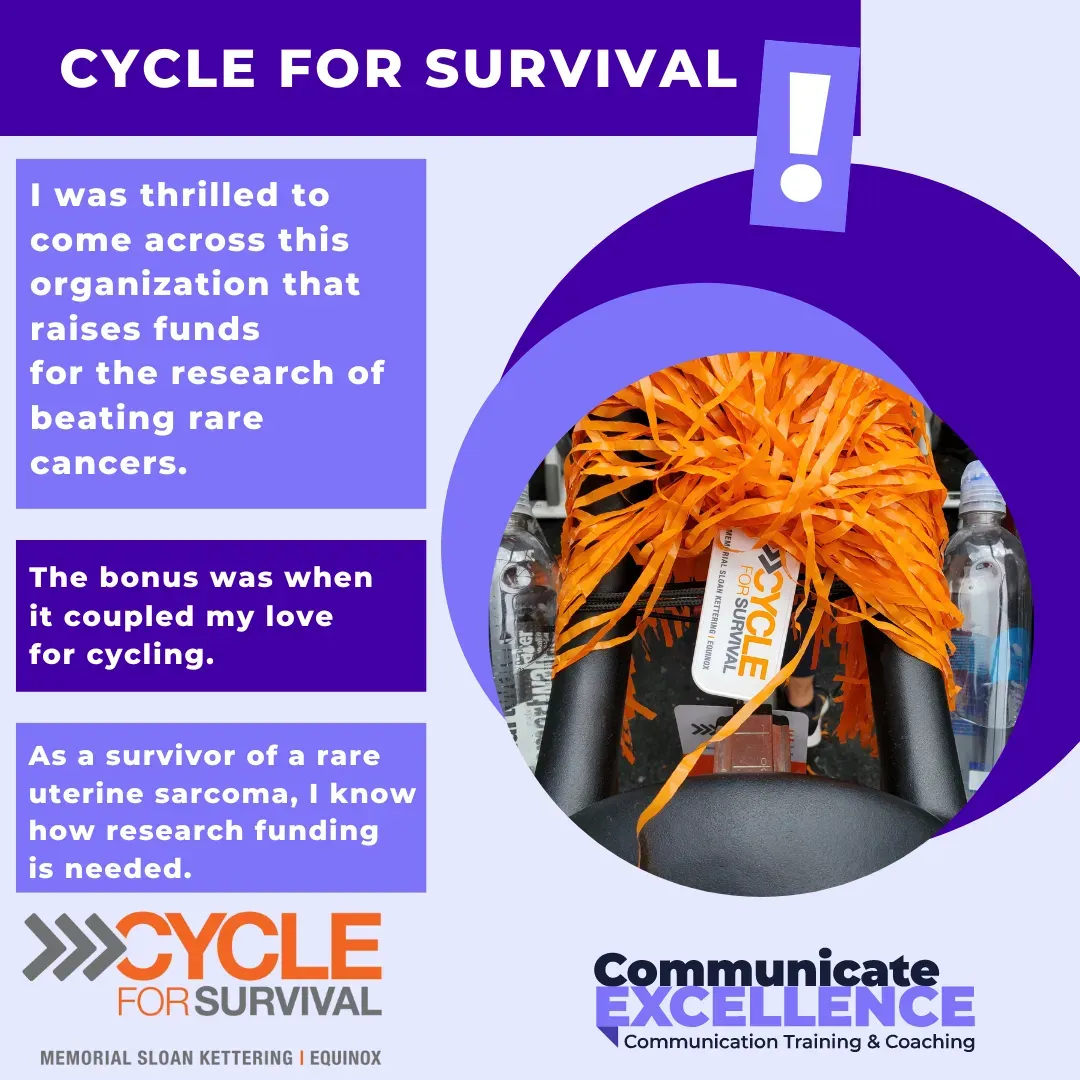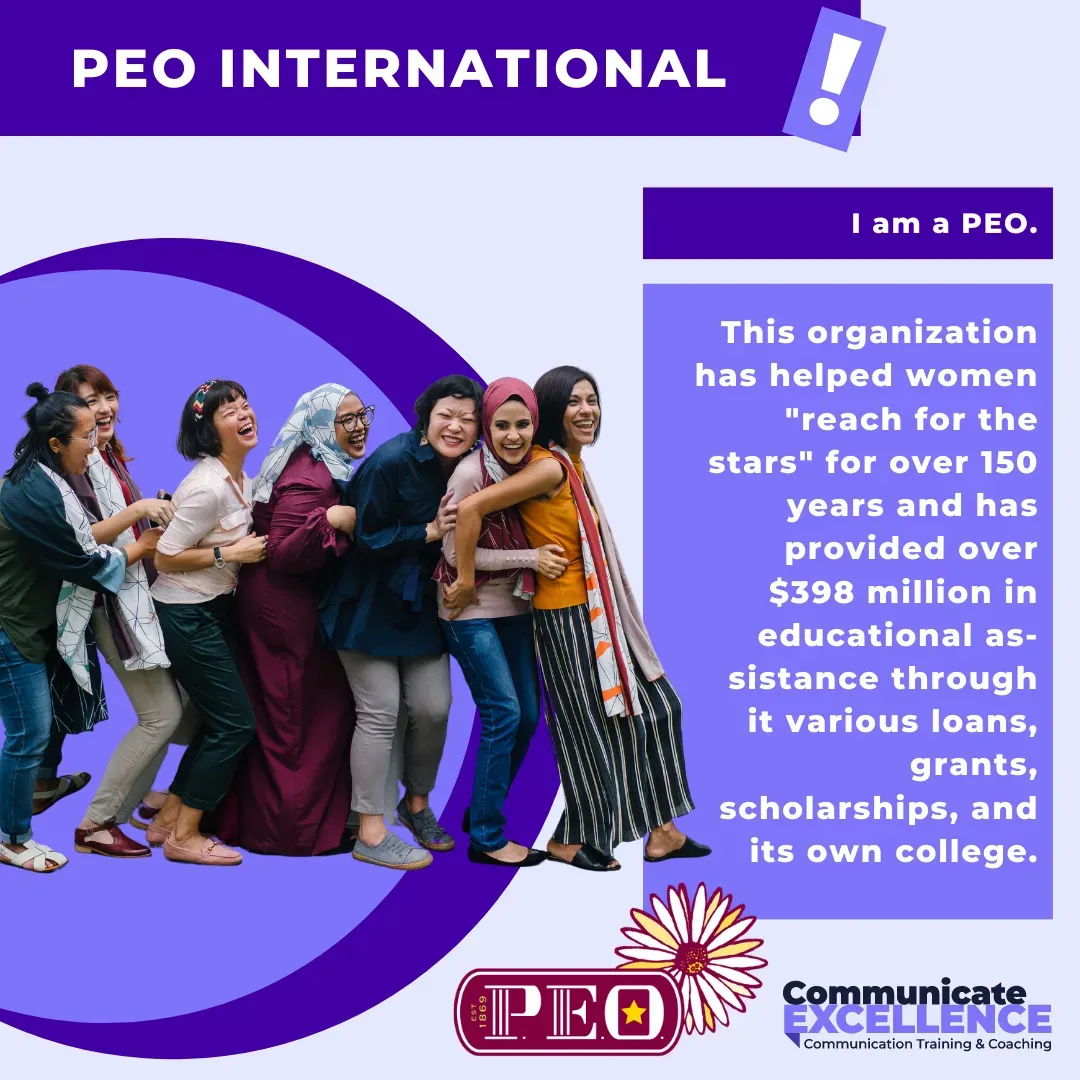My Key Concept Videos
I created this page to introduce you to my way of working, to my style and energy, and to my concepts.
I'm a boutique consultant, who maybe does things a little bit differently from what you're used to, so it's important to share how I work with you before we get started. I've brought together some key videos for you to watch before you jump on a call with me to talk about your training needs.

Hear from Amy
The ONLY Communication Training Consultant Specializing In Orthondontic Front-Desk Employees
Saving orthodontists, like you, thousands of dollars in marketing costs every year because your team knows how to win over each patient by looking after them well -
we're here for all your
customer service training and growth needs.
I am Amy & I have worked in EVERY admin role in the practice




Every practice needs an Amy!
Communication etiquette just isn't taught in schools, not even at home anymore - especially since the advent of caller id!
Our team members find themselves in "front of house" roles with little to no formal training. Let's make a change. Let's help our people feel confident and eloquent when handling telephone interactions.
My customer communication training will help you to 10X your patient experience to massively impact your Win ratio!
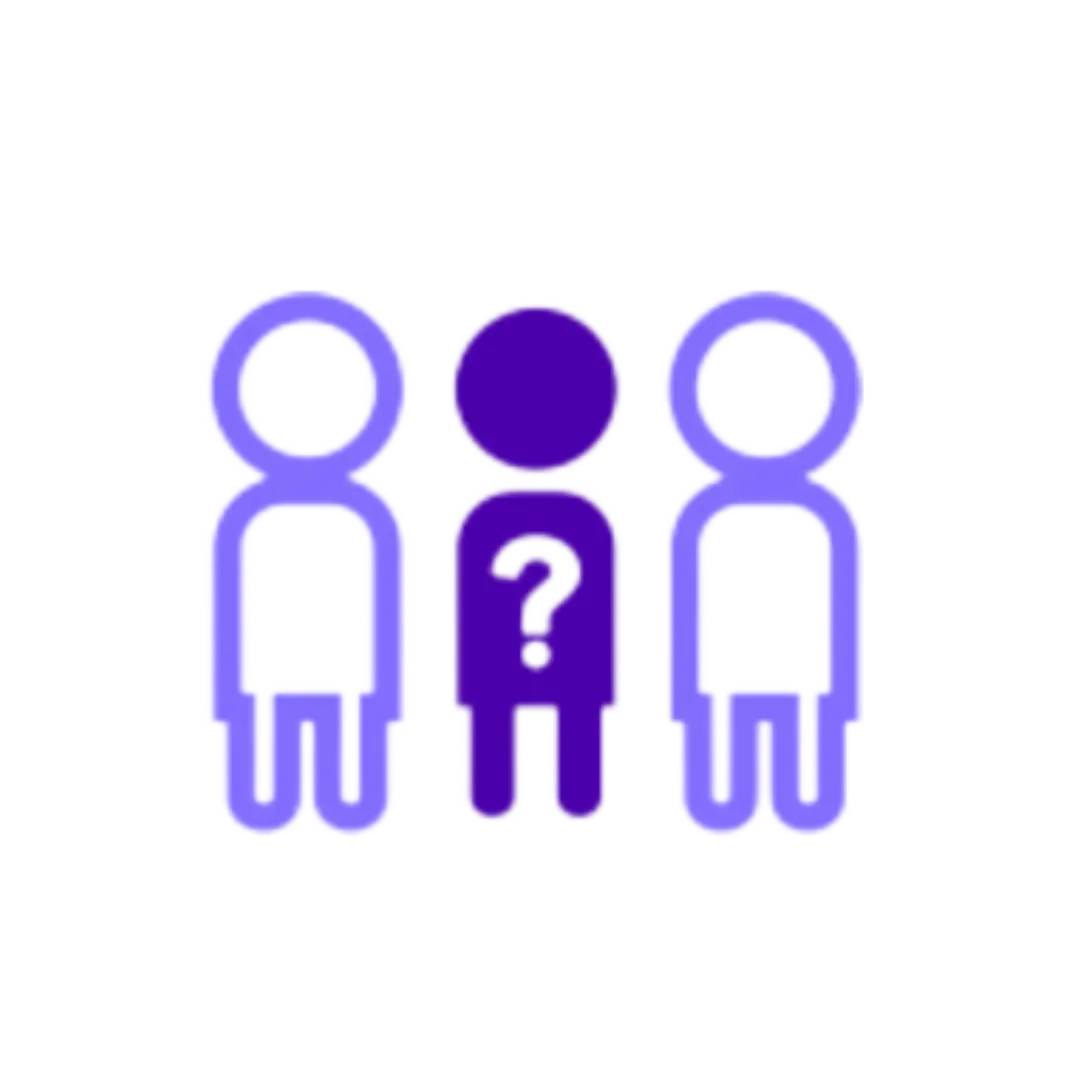
40%
Decrease in No Shows
because all your customer relationships are real connections, right from the start.
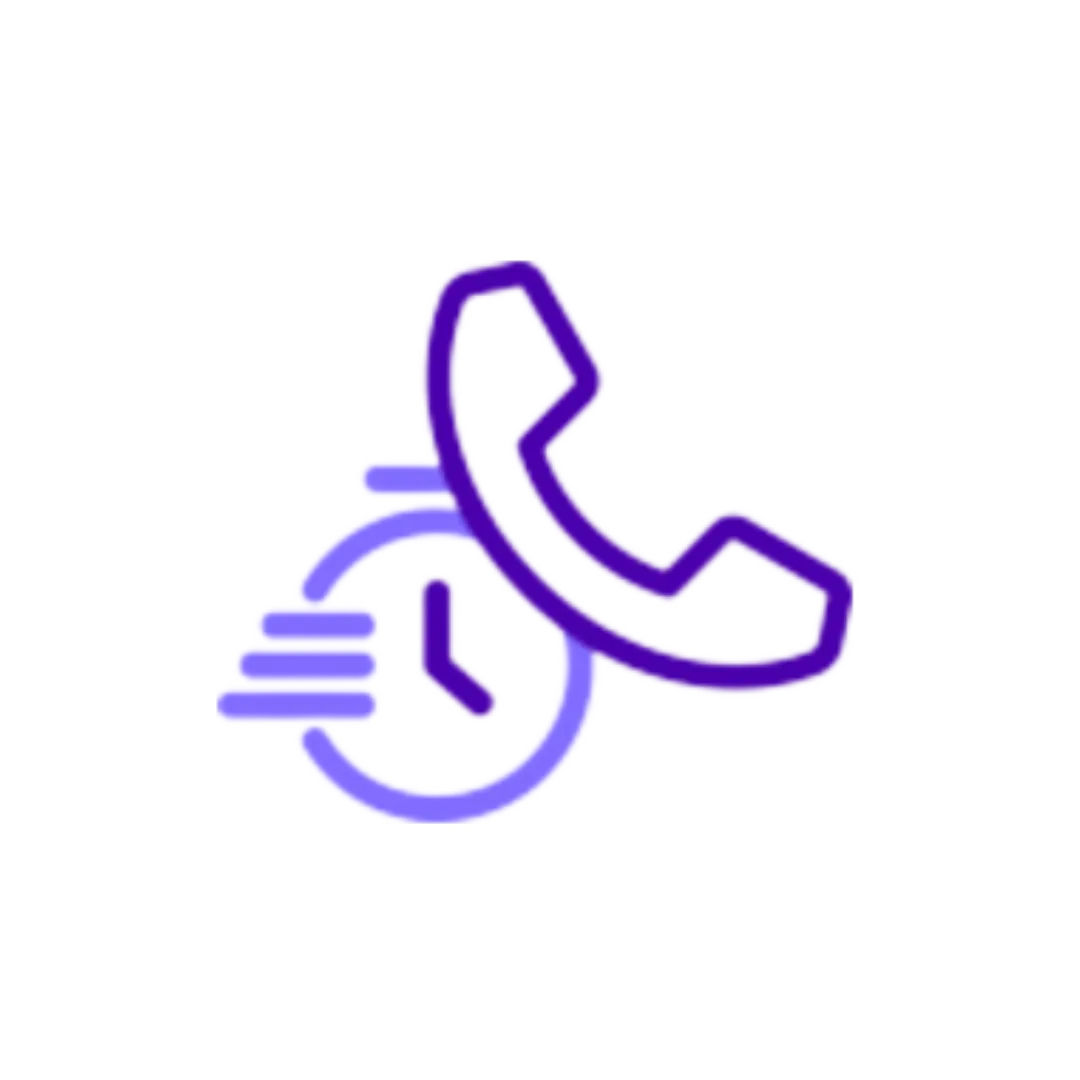
64%
Reduction in Longer, Problem Calls
because you're no longer inadvertently upsetting your valued customers.
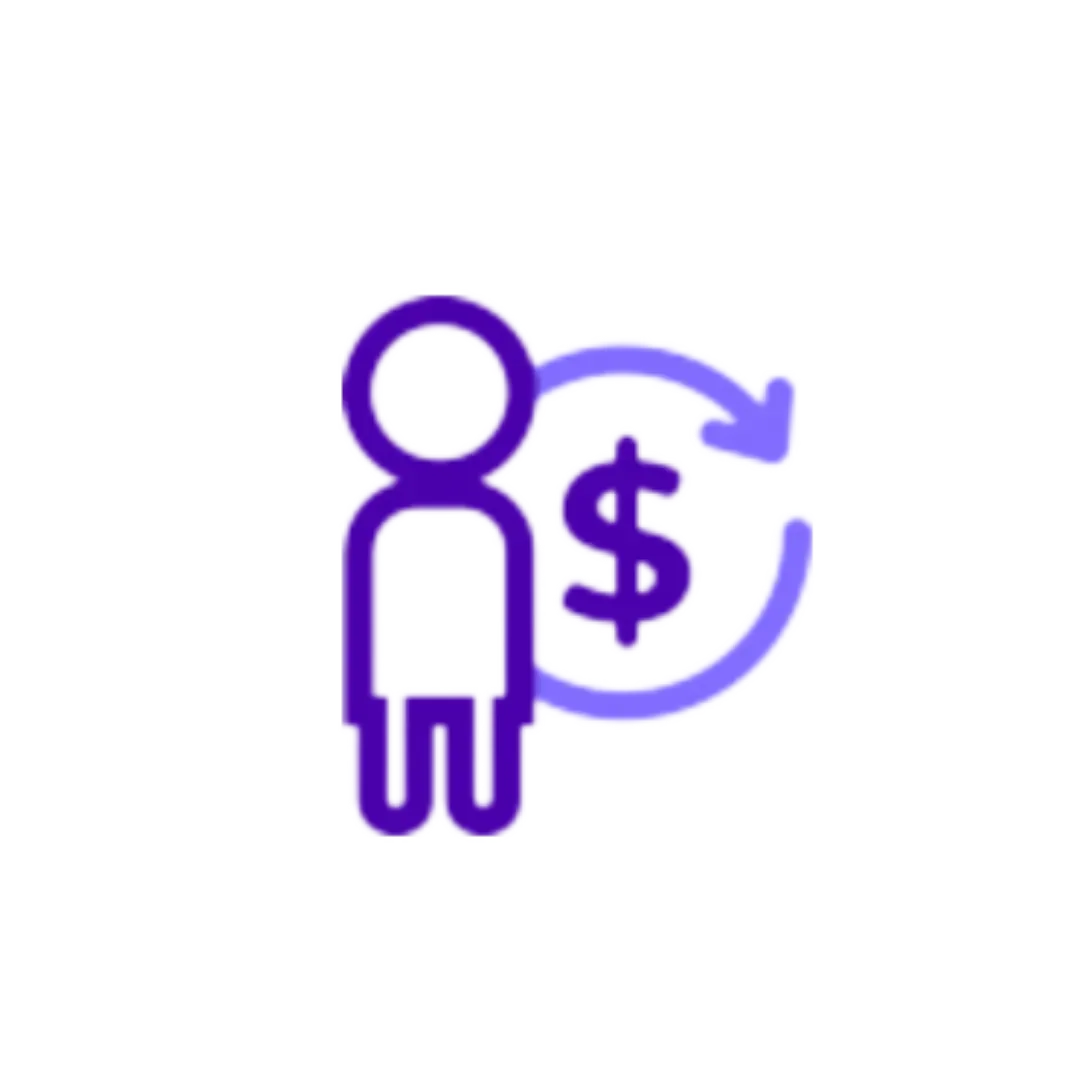
20%
Increase in Production
because you've built trust with your customers from the beginning, so your win ratio is much higher.
HOW TO WORK WITH ME

Phone Coaching
Telephone skills training for efficient and impactful first impressions with your receptionist and front office team.

Sales Coaching
Treatment Coordinator communication training for consultations to adapt, read the room, and win the start.

Workshops & Keynotes
Book me for your team or appreciation event you are running to provide customer experience training.
Join my mailing list for regular inspiration, tips and techniques to share with your team.
Watch my short video on the 5 Types of Questions as a welcome gift.
Did you know there are different types of questions? Annoyingly, we often default to the question type that doesn't actually help move us towards our goal.
Take a few moments to watch my short video and you'll learn a few of the different types so you can be more conscious of your speaking habits and bring the correct question type to the situation at hand.
Do share this video with the rest of your team to help them make the same change - it's my little thank you for having you join my mailing list.


Willingness – A Key Factor to Change
The year 2020 has shown us over and again that we must change. We had to change the way we see customers, how we clean, and how we connect. These changes were forced upon us or we could not open up our businesses. Changes such as these are “comply or die”. Willing or not, we had to do them. But what about other types of changes? What about those changes that foster growth or improvement? And how about those changes where the consequences for non-compliance are not so earthshattering? Unless we have the willingness of our team members, we are missing a key factor of change.
You can lead a horse to water but you can’t make it drink.
In order to move in the direction of the desired change, we need willingness. Willingness opens the valve for change to occur.
Willingness is a key factor to change; it is what takes that valve and turns it “lefty-loosey” and open to change!
With willingness, a required attendance at a presentation or webinar goes from “blah, blah, blah” to learning and learning to application. The increase of willingness opens the gateway of the mind for creativity and cooperation. In order to gain successful change, willingness may not simply be a factor but the key factor.
Willingness is created when people understand what you want them to do and, more importantly, why.
So how can we foster willingness?
Stages of Change
In 1977, James Prochaska and Carlo Di Clemente developed the transtheoretical model of behavior change. It is sometimes called the “stages of change”.
The stages, with their relative attitude toward change, are:
Precontemplation – no
Contemplation – maybe
Preparation – prepare / plan
Action – do
Maintenance – keep going
Note: Additionally there is Termination (no temptation to return to an old habit) and Relapse (falling back from Maintenance or Action to an earlier stage).
Before we can expect cooperative action, we must bring our teams from the first stages to the Preparation stage…the stage of willingness. We must remember that as leaders when we have decided to make a change and are at the Action stage…our teams still need to catch up to us.
Moving to Willingness
How to we get from a mindset of “no” to a mindset of “willingness” and ready to take action?
Start with information.
First, to begin moving our teams off of the first stage we must provide information. The purpose is to help our teams go from an idea being nowhere on their radar to actually being on their radar. It is what takes them from a valve that is shut closed and begins to turn it counterclockwise and open the valve.
Think of the world of virtual exams. While a few early adopters were dabbling with this idea, it was not mainstream. Now in our post-shutdown world, it is no longer a radical idea and is quickly becoming a mainstream expectation.
Start by educating your teams as to what a virtual exam is and is not. Start by listing the advantages to such an option for your business. The goal at this point is to start building the advantages in the minds of your team.
Here are a few advantages, “pros” for virtual exams:
Saves doctor time
Can be completed out of normal business hours
Increases capacity of the office
Serves as a filtering opportunity for non-ready inquirers
Boost confidence.
Secondly, demonstrate that change is possible and there are tools and resources to make a change helps boost confidence. This helps secure the contemplation stage of “maybe” and continue the stages of change. This is what psychologists call self-efficacy.
Self-efficacy is the individual’s belief in their ability and capacity to complete the desired behaviors. They begin to think they may be able to succeed.
Going back to our virtual exams example, we can build confidence by:
Attending a webinar on virtual exams
Talking with others who have incorporated the practice
Obtaining a demonstration from a vendor
Provide strategies.
Finally, you are on the cusp of the Preparation (willingness) stage. Here is where you provide strategies that will actually help and maintain change. Here is where you have cooperation. Here is where you are ready to launch into action.
Returning once again to our virtual exams, here is where we plan and prepare and gain buy-in by:
Developing a process flow
Walking through a customer journey
Building, editing, and piloting new procedures and grids
Scheduling recap meetings to evaluate success and needed adaptations
NOW you are ready. The following stages of change are doing it and keeping up the doing of it. But if you have taken your team up through the stages, the willingness is there. The key factor to successful change has been fostered. Now you are ready to go!
Summary
As leaders, we often go through the stages of change ahead of our teams but then get frustrated when we feel we do not have the cooperation of our team members. Could it be we do not yet have the key factor of change in place? Have we forgotten their willingness needs to be in place?
Pause and prepare your teams. Start with information, boost their confidence, and provide strategies. Do so and you will guide your teams in their willingness. And that will be a key factor to the change you desire.
Remember…willingness is a key factor to change; it is what takes that valve and turns it “lefty-loosey” and open to change!
Our Clients' Experiences

